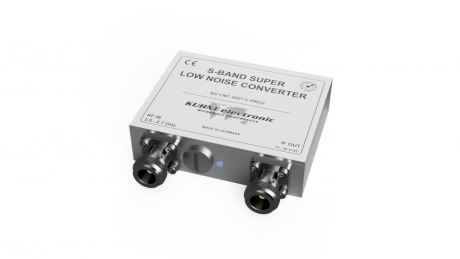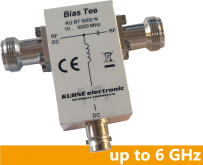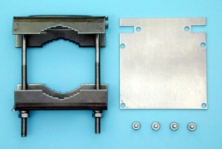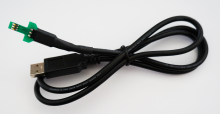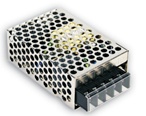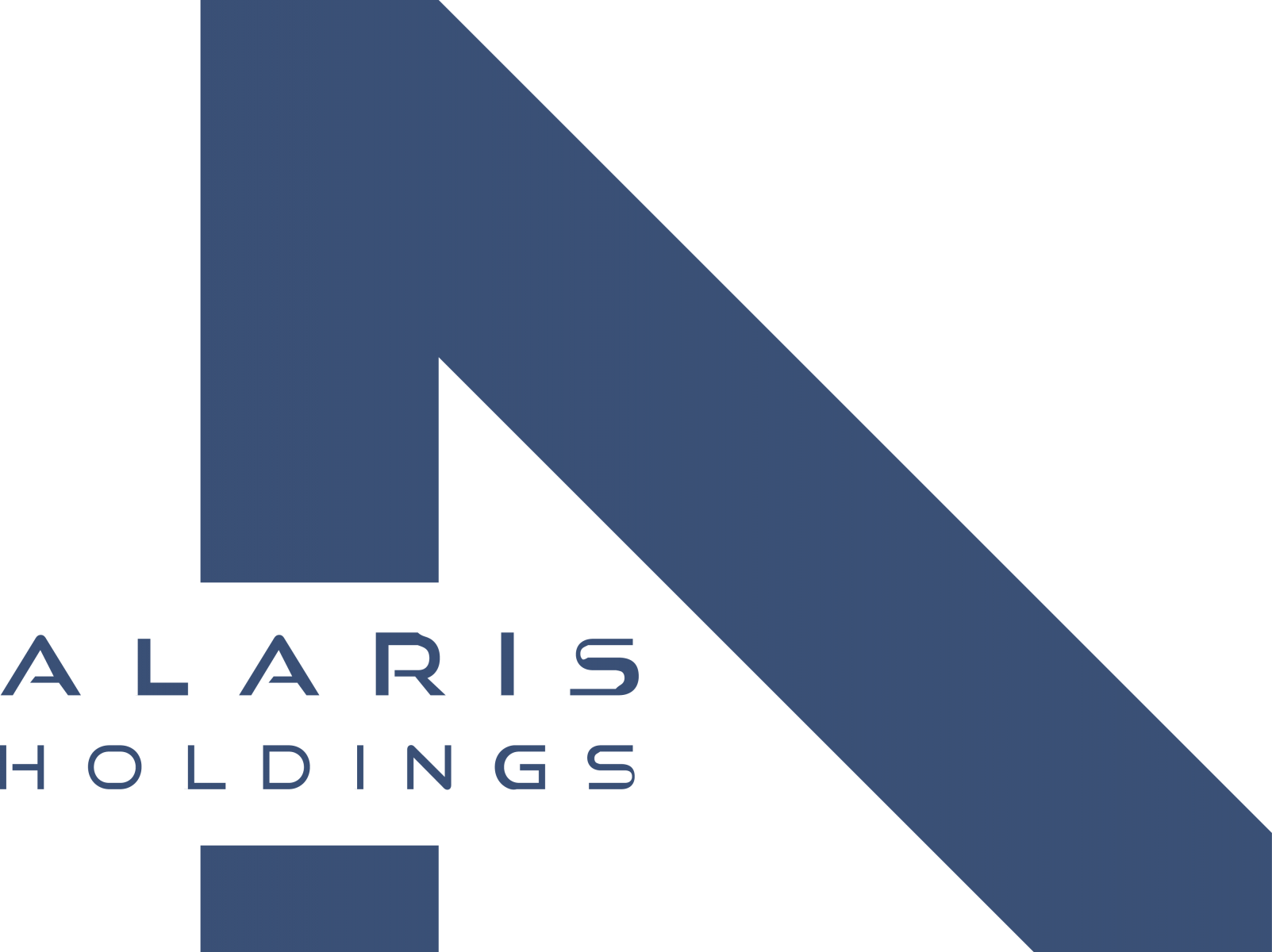KU LNC 2027 C PRO2, Down Converter
2000 ... 2700 MHz
-
- Gain 35/24 dB
-
- Configurable LO frequency & gain
-
- High linearity
-
- Low influence on signal quality
-
- Easy monitoring of the operating condition
Lead time on request
Technical specifications
| Frequency range (RF) | 2000..2700 MHz |
| Maximum input power | 1 mW (0dBm) |
| Frequency range (IF) | 160..860 MHz |
| Noise figure @ 18 °C | typ. 0.8 dB, max. 1.0 dB |
| Gain @ 25 °C | typ. 35 dB / 24 dB |
| Output IP3 | 25 dBm |
| LO frequency | 1840 MHz |
| LO accuracy @ 18 °C | +/- 2 ppm |
| LO frequency stability | +/- 3 ppm |
| Phase noise @ 1 kHz | typ. -98 dBc/Hz |
| Phase noise @ 10 kHz | typ. -110 dBc/Hz |
| Phase noise @ 100 kHz | typ. -110 dBc/Hz |
| Supply voltage | +9 ... +36 V DC |
| Current consumption | typ. 250 mA @ 12V DC |
| Maximum case temperature | +55 °C |
| Input connector / impedance | N-female, 50 ohms |
| Output connector / impedance | N-female, 50 ohms |
| Case | milled Aluminium, water resistant |
| milled aluminium, IP43 | |
| Weight | 230 g |
| Remote power supply via IF | yes |
Features
- Low noise figure
- Large bandwidth
- Low phase noise oscillator
- High frequency stability of the oscillator
- High linearity
- Antenna port protected against static discharge
- Small and light-weight to allow easy pole mounting
- Tri-colour LED indicates unit status and gain mode setting
- Overvoltage protection and reverse polarity protection
- Remote power supply via output connector
- switchable gain
- switchable local oscillator frequencies
- normal or reverse output spectrum selectable
Applications
- Multichannel Multipoint Distribution Services (MMDS)
- Digital broadcast systems (DVB-T, DVB-S)
- Analog and digital transmission systems
Downloads



